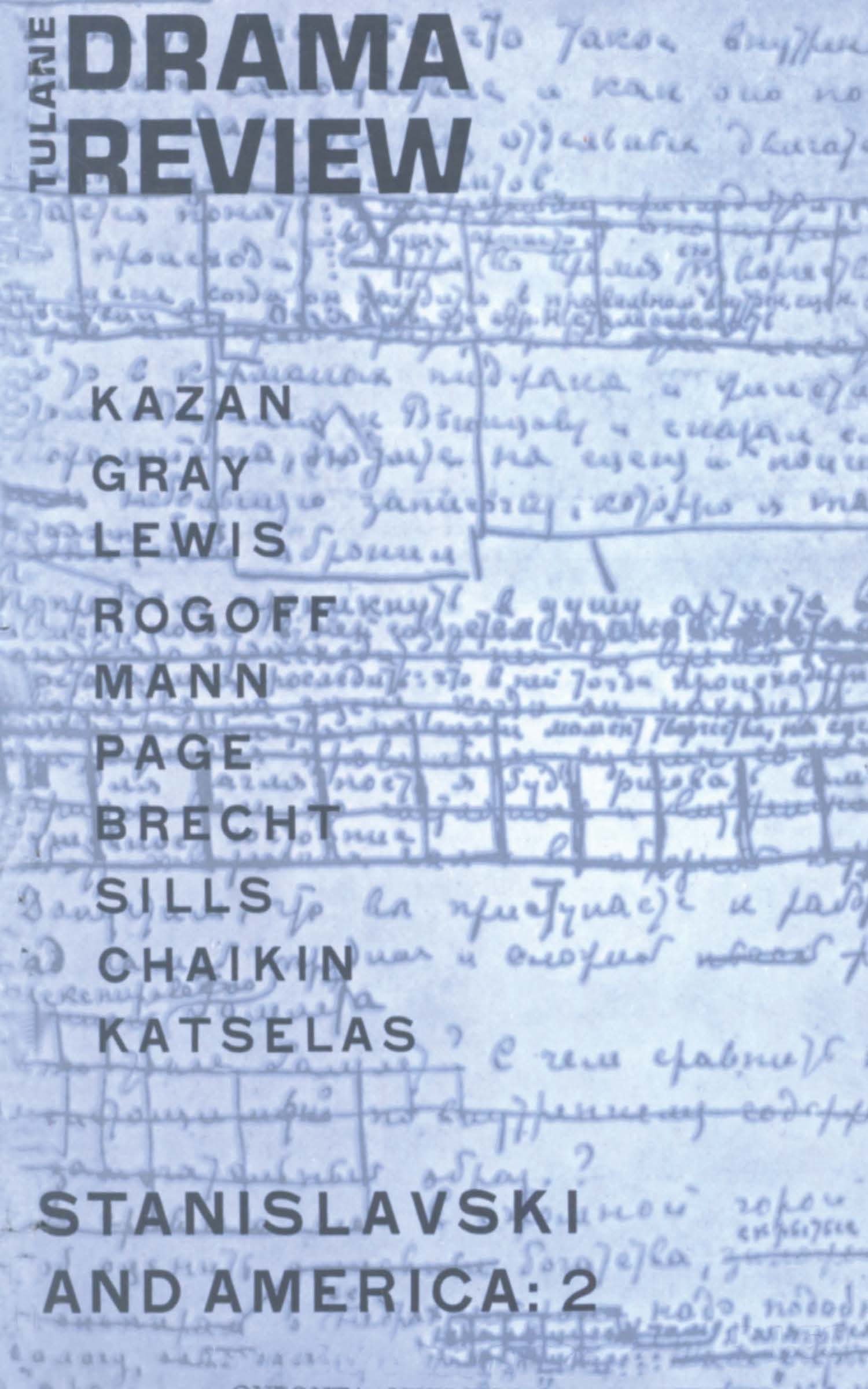Article contents
Extract
In speaking of The Jew of Malta as “farce of the old English humour, the terribly serious, even savage comic humour, the humour which spent its last breath on the decadent genius of Dickens …” T. S. Eliot set the pitch for modern Marlovian criticism. We are reminded of Coleridge's remark about a critical dictum by Milton: “Speaking of poetry he says (as in a parenthesis), it is ‘simple, senuous, passionate.’ How awful is the power of words! fearful often in their consequence when merely felt, not understood….” When Eliot called Marlowe's play “farce,” he was saying what, in effect, most previous critics had said—the word can be “understood.” But when he added (as in a parenthesis) that this farce is “terribly serious” in the manner of the “decadent genius” of Dickens, the words can be “merely felt.”
- Type
- Research Article
- Information
- Copyright
- Copyright © 1964 The Tulane Drama Review
References
1 The Sacred Wood (1928 ed.), p. 92.
2 Coleridge's Writings on Shakespeare, ed. Hawkes, T. (1959), p. 30.Google Scholar
3 Lamb Charles, in Specimens (2nd ed., 1813), p. 31, says: “Barabas is a mere monster brought in with a large painted nose to please the rabble.” Cf. Bullen, A. H., Works of Christopher Marlowe (3 vols., 1885), I, xiGoogle Scholar; Ward, A. W., History of English Dramatic Literature (3 vols., 1899), I, 338Google Scholar; Swinburne, A. C., Age of Shakespeare (1908), p. 5Google Scholar; Schelling, F. E., Elizabethan Drama (2 vols., 1908), I, 233Google Scholar; et al.
4 Christopher Marlowe (1927), pp. 89, 97.
5 A Literary History of England, ed. Baugh, A. C. (1948), pp. 513, 515.Google Scholar
6 Three Ladies of London (1584), sig. FI.
- 1
- Cited by


